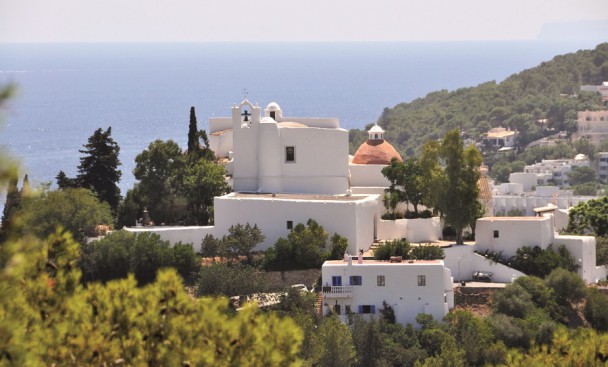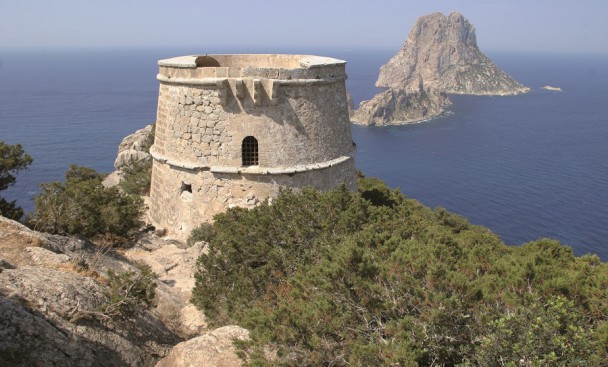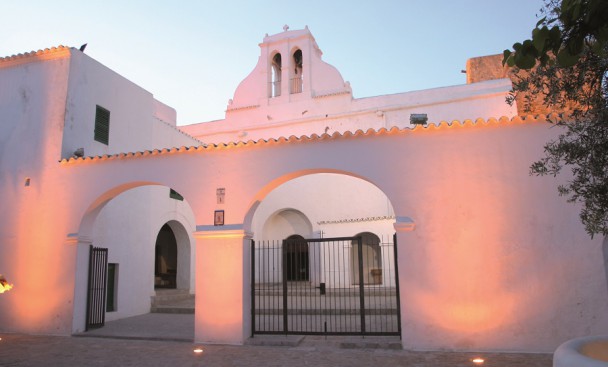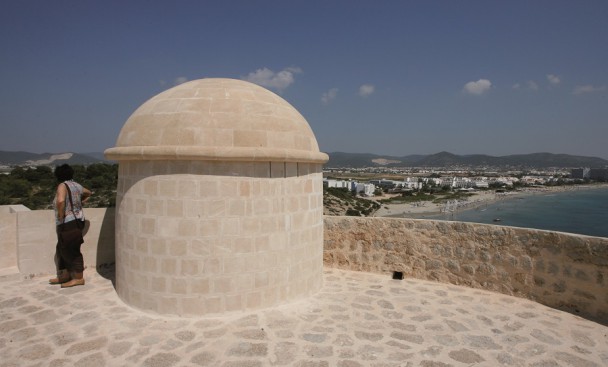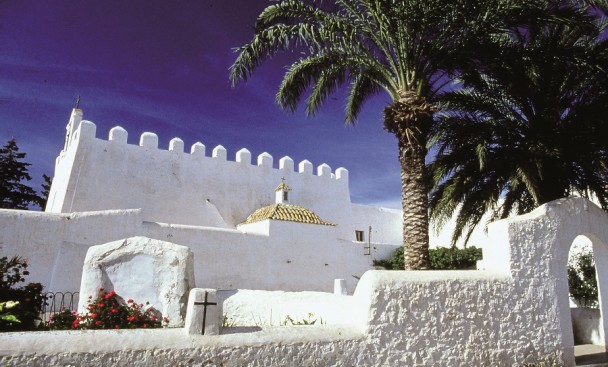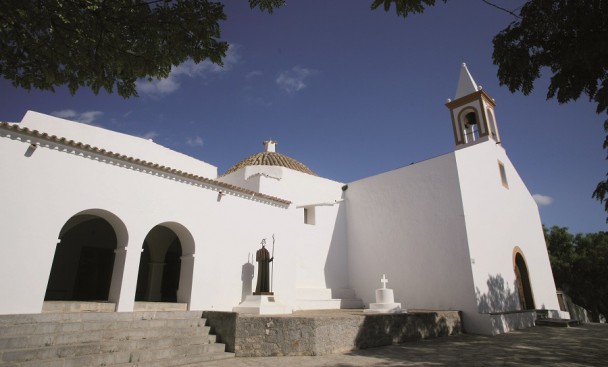Ibiza enjoys a pure architecture, without functional concessions, answering to particular needs, product of years of balance between men and nature through a method that is still used today. Its key features are sobriety and simplicity, plus pure white as the background color.
Ibizan architecture has been part of the inspirational base of great architects that chose Ibiza as their home. In fact, in the late 1920s, German Dadaists and Bauhaus followers invited Le Corbusier, one of the great exponents of modern architecture, to visit the island so he could see its peculiar houses.
The primitive Ibizan citizen already had an advanced idea of modern architecture. It is made out of lime and rock modules that added new areas when the family grew. This way, the resulting house was functional, aesthetically beautiful, and of an extremely modern concept for the time. It fitted perfectly in a parallel way of life independent from the interference of the tourism boom.
When the Catalans expelled Madina Yasiba Muslims from the island, Ibiza became the objective of Turkish and Berber xebecs, and the pillaging was constant. Ibiza started to build the wall and defense towers along the coast. From these towers, the sea would be watched for pirate attacks. Some served as a refuge, although most citizens took shelter inside the churches.
The churches in Ibiza are unique in the world precisely because they were conceived as fortresses. They were built between the 14th and 18th centuries and they are an extraordinary example of simplicity that mix with expertise the forms of the chapels, naves, presbyteries, bell towers, walls, and porticos.
All churches are located in the center of each town, and they govern the everyday life of each place: it is a meeting place for many of the inhabitants, and also the setting for meetings, local celebrations, and open-air concerts. Churches are part of the rich cultural heritage and the original architectural patrimony of Ibizan people.

